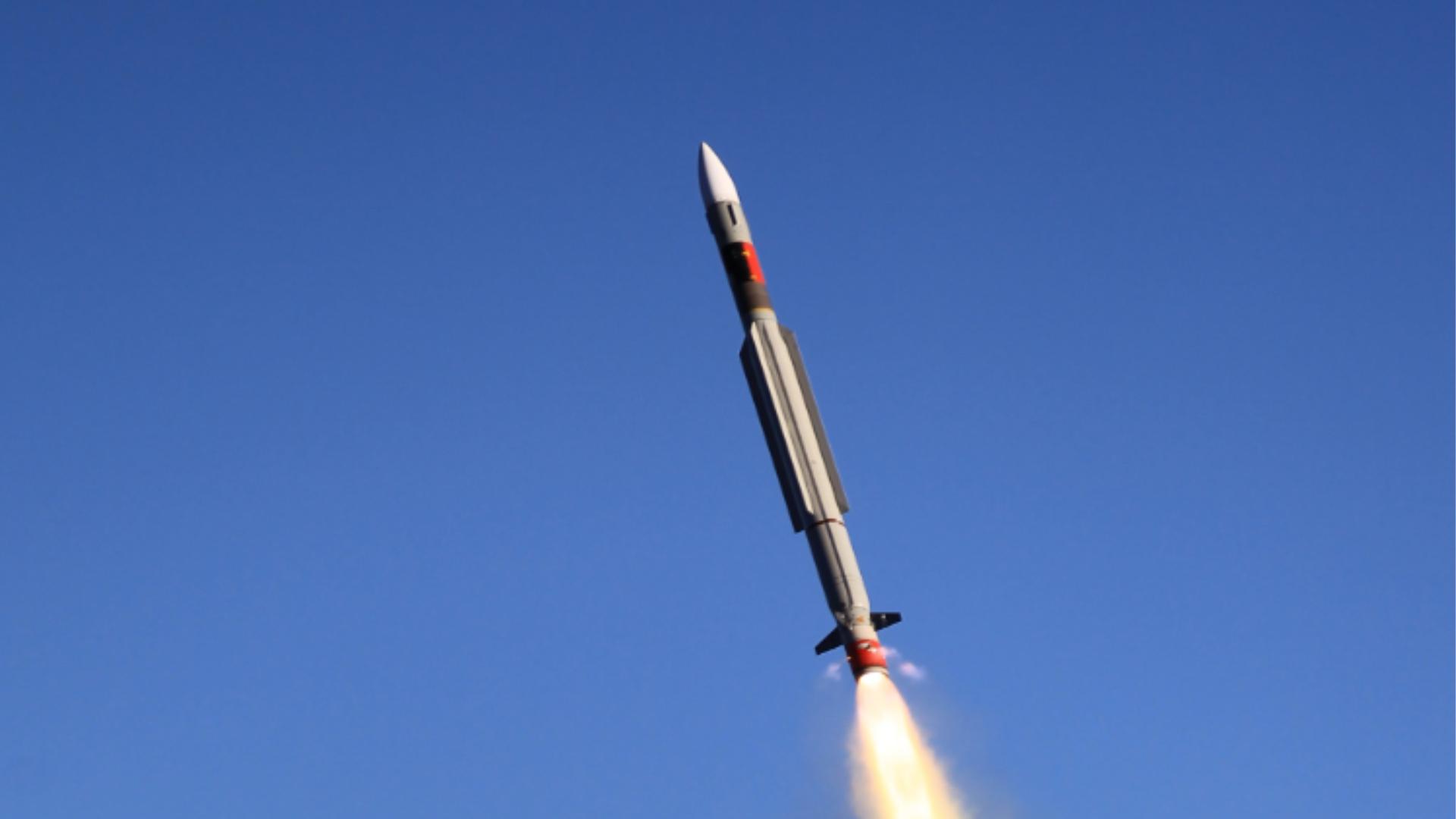16516Views

Reaction, Not Range: How Pakistan’s Air Defence Must Evolve to Survive the Next War Quwa Premium
Pakistan’s integrated air defence system (IADS) was not built for the type of war India wants to fight.
The Pakistani IADS’ long-range surface-to-air missiles (SAM) – i.e., the Army’s HQ-9/P and Air Force’s HQ-9BE – were procured for deterrence, but not for active, high-intensity warfighting. They were meant to stop isolated incursions, not absorb or defeat large-scale, multi-axis missile salvos combining BrahMos, SCALP, Nirbhay, loitering munitions, and rocket-powered surface-to-surface missiles (SSM).
But India’s doctrine has changed (or been revealed) in May 2025. The emphasis is no longer on single-point “surgical strikes,” but on sustained, high-tempo missile warfare, i.e., salvos designed to overload, deceive, and burn through an IADS within hours.
Pakistan’s problem is not range; it is reaction time. Once a missile appears on radar, a high-value site – from cities like Lahore to key air bases such as Shahbaz – may have mere minutes before impact, which is a cycle too short for centralized command to respond.
This article dissects how Pakistan’s geography, procurement choices, and organizational mindset have left its IADS structurally misaligned with modern threats. It then outlines what a credible, next-generation IADS posture must look like to survive the opening waves of a future conflict.
Main Takeaways
- Pakistan’s air defence posture was built for a different kind of war. Its structure and procurement logic reflect an older threat model, one that no longer aligns with how India plans to fight.
- The tempo of conflict has shifted. India’s recent missile doctrine emphasizes saturation, deception, and speed, a pattern designed to exhaust an IADS before it can respond.
- Geography magnifies the risk. With major population and military centres sitting minutes from the border, Pakistan’s warning and engagement cycles are compressed beyond the limits of traditional air defence.
- The real constraint isn’t firepower, but reaction. Long-range systems cannot compensate for the time lag between detection and intercept, a gap that now defines Pakistan’s defensive challenge.
- The next phase of air defence will hinge on responsiveness, not reach. Survival in a high-tempo missile war will depend on distributed sensors, rapid decision loops, and interceptors built for immediate reaction, not distant deterrence.
Continue reading with Quwa Premium
Unlock the full 4,000-word analysis on the evolution of Pakistan’s Integrated Air Defence System (IADS), including lessons from Ukraine and the technologies, doctrines, and decisions that could shape the next India-Pakistan conflict.
As a subscriber, you’ll also gain unrestricted access to our complete research and analysis archive – the most comprehensive and trusted source of Pakistani defence insight available anywhere.
You’ll need to login or subscribe to Quwa Premium to access the full article.
Existing Quwa Plus/Pro members can log in below
Note: Logged in members may need to refresh the article page to see the article.


